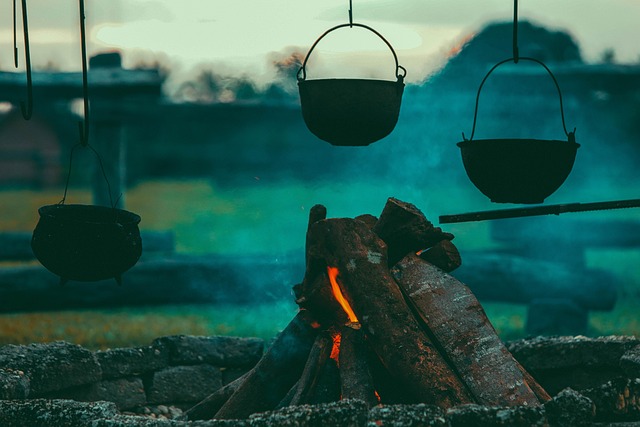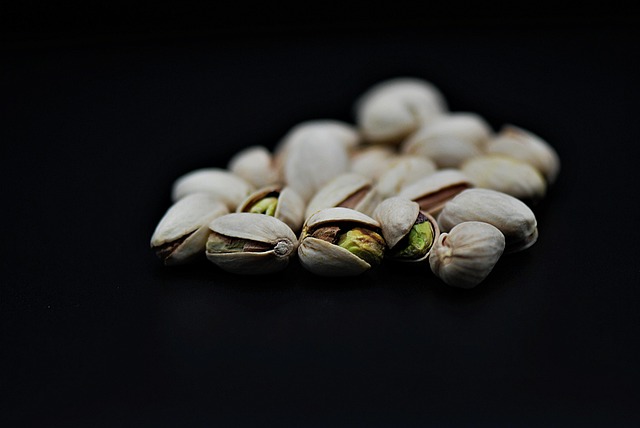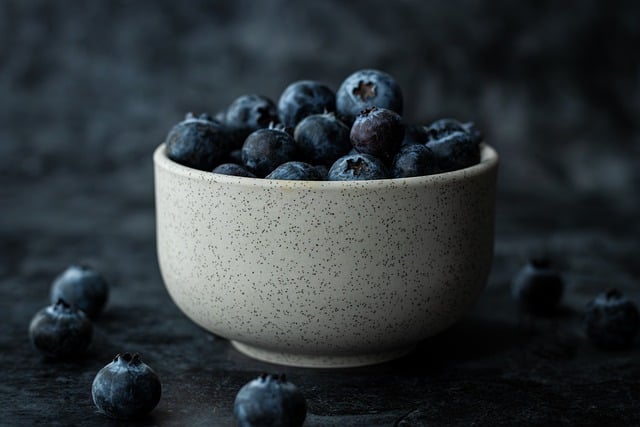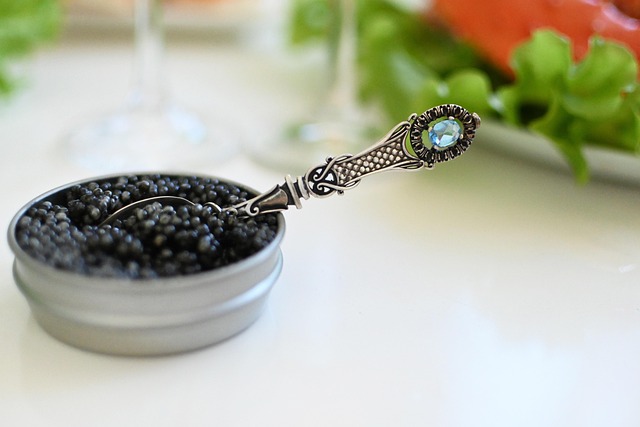
“Whipping Wonders: Mastering the Art of Fluffy Treats in Cooking”
Whipping Wonders: Mastering the Art of Fluffy Treats in Cooking
There’s something truly magical about the act of whipping ingredients together. Whether you’re folding egg whites into a batter or beating heavy cream until it transforms into soft peaks, the process of whipping is not just a culinary technique; it’s an art form that evokes feelings of creativity, joy, and a touch of nostalgia. The fluffy textures and airy delights that emerge from a good whipping can elevate any dish, turning ordinary recipes into extraordinary experiences.
Whipping Basics: Understanding the Technique
At its core, whipping involves incorporating air into a mixture, which gives food its lightness and volume. This can be achieved with a variety of ingredients, including cream, eggs, and even certain types of batters. The simple act of vigorously beating these components can transform dense mixtures into fluffy wonders that practically dance on your palate.
The Essential Ingredients
To master the art of whipping, it’s essential to use the right ingredients. Here’s a quick rundown of the key players in the world of whipping:
- Heavy Cream: This rich ingredient is the backbone of many whipped treats. It whips up beautifully into a light, airy topping perfect for desserts like pies and cakes.
- Egg Whites: Those little proteins are incredible whipping agents. When beaten, they create a stable foam that can be used in meringues, soufflés, and even angel food cakes.
- Butter: Whipping softened butter can create a fluffy base for frostings and spreads, adding a luxurious mouthfeel to your baked goods.
Tools of the Trade
To achieve the perfect whipped consistency, it’s important to have the right tools at your disposal. Here are some essential whipping instruments:
- Whisk: A classic tool that allows for maximum air incorporation. A balloon whisk is particularly effective for whipping cream and egg whites.
- Electric Mixer: For those who prefer a little less elbow grease, an electric hand mixer or stand mixer can speed up the whipping process dramatically.
- Food Processor: Surprisingly effective for whipping cream and even making fluffy butter, a food processor can make your whipping tasks easier.
Whipping Techniques: Tips for Success
Now that you’re familiar with the basics, let’s delve into some helpful tips to ensure your whipping endeavors are successful:
- Chill Your Tools: For whipped cream, ensure your mixing bowl and whisk are cold. This helps the cream maintain its shape and increases the volume.
- Don’t Overbeat: While it’s tempting to keep going, overwhipping can lead to grainy textures or, in the case of cream, butter. Stop once you see soft or stiff peaks form, depending on your recipe.
- Incorporate Gradually: When folding whipped egg whites into a batter, add them gradually to avoid deflating the mixture. This gentle technique helps maintain the lightness you’ve worked hard to achieve.
Delightful Whipping Recipes to Try
To put your newfound whipping skills to the test, try out these delightful recipes:
- Classic Whipped Cream: Simply whip heavy cream with a touch of sugar and vanilla extract for an incredible topping for your favorite desserts.
- Fluffy Soufflé: Incorporate whipped egg whites into a rich base of cream and cheese for a light, airy dish that’s sure to impress.
- Buttercream Frosting: Whip softened butter with powdered sugar and your choice of flavoring for a smooth and fluffy frosting perfect for cakes and cupcakes.
In the world of cooking, whipping is more than just a technique; it’s an expression of love and care in the kitchen. Each time you whip, you create a moment of joy and anticipation, not only for yourself but for those who will enjoy the delicious results of your efforts. So grab your whisk and let the whipping wonders begin!


